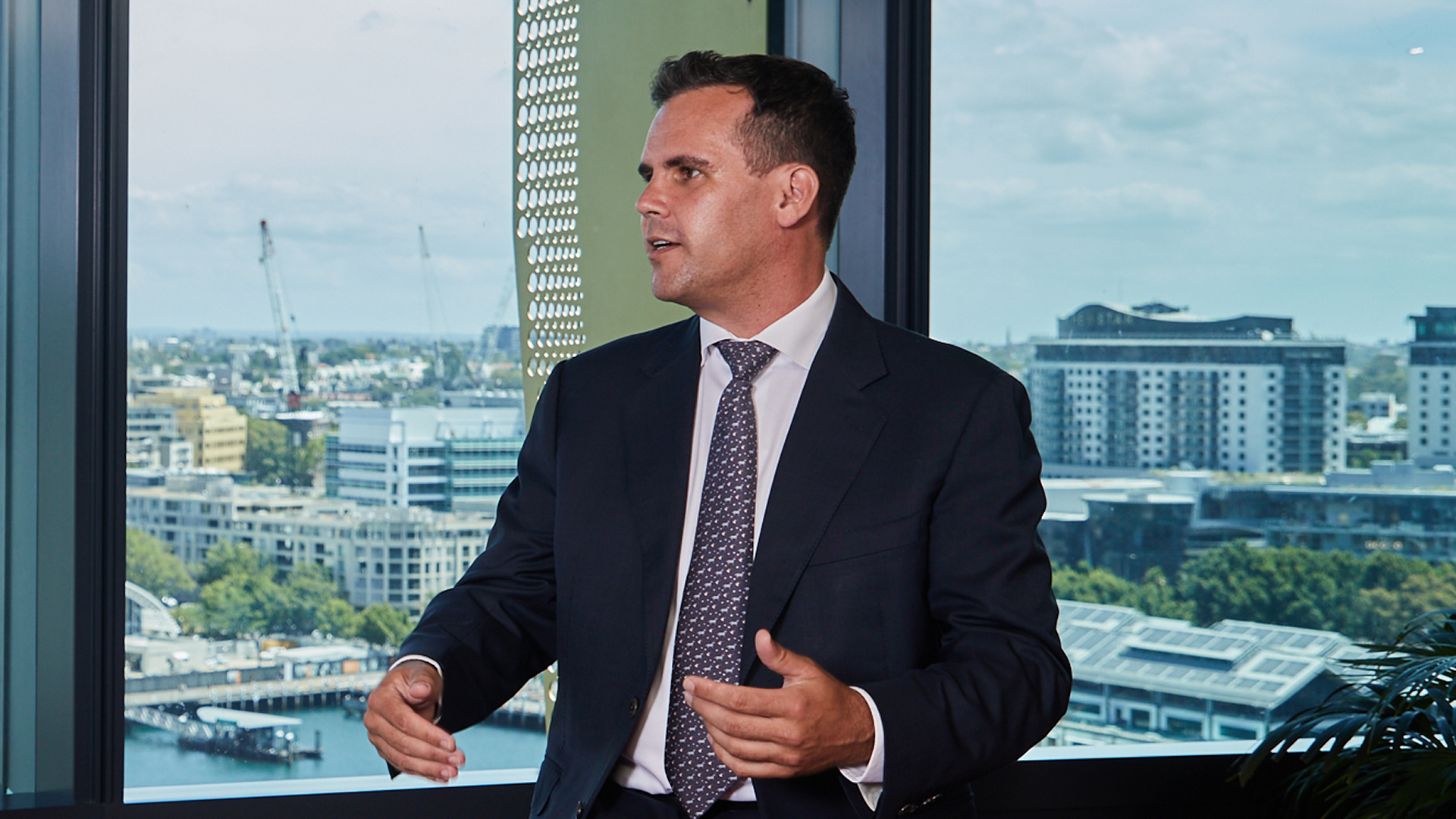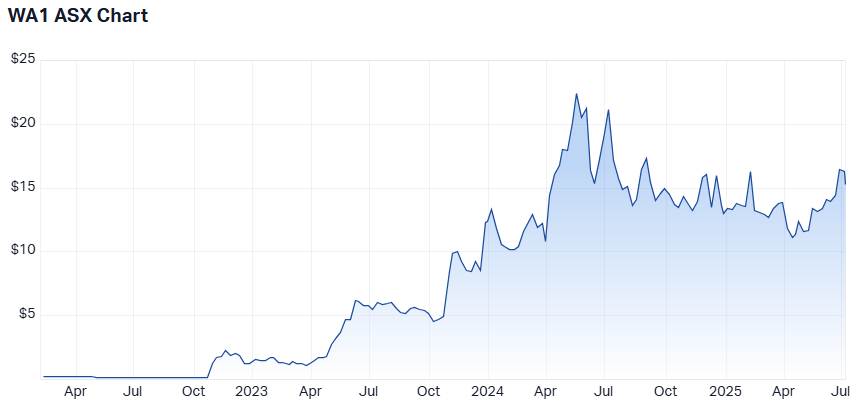Missing the boat on a big ASX mining play
Even the world's greatest investors have their fair share of misses, but what's important is what you learn as a result.
But it takes a brave investor to share those stories, and an even braver one to let it be published for a wider audience and help other investors improve their own decision-making.
In this series, we speak to some of Australia's leading fund managers on the investment opportunity that slipped through their fingers and the lessons they took from it.
Here, Joel Fleming, microcaps portfolio manager at Yarra Capital Management, explains in his own words a critical mineral play he was keen on before the stock took off and moved out of microcap range, never to return.

What was the investment idea?
Post another busy reporting season, I was enjoying a broker conference back in March 2023 focused on new ideas.
There was one presentation that really stood out, which was centred around niobium, an element I was not familiar with but which seemed to have a positive supply/demand outlook.
It was already considered a critical mineral and was recognised by many governments for its stable fast-charging capabilities and as an input into high-end steel. It was clear that the early discovery had a lot of potential.
The company we were looking at was WA1 Resources (ASX: WA1), with a share price of around $1.20 and a market cap of approximately $70 million.
Importantly, the company was well funded, with around $12 million of cash in the bank at that time.
What was your reasoning at the time?
Early exploration success around size and grade provided confidence that niobium could be economic and something that grew in scale.
Its location in WA means it’s in one of the world’s best mining jurisdictions and in a commodity where supply/demand fundamentals appeared very attractive.
The presentation was not over-promoted, the room didn’t have a lot of listeners, and for a combination of reasons, it really captured my attention.
As a microcap investor, we can be early on the journey with a company, with many investors precluded from investing in a $70 million market cap business.
Having witnessed stocks such as Sirius Resources, Sandfire Resources, Pilbara Minerals and DeGrey Mining – to name only a few – confirmed for us the importance of the right ore body, right commodity and right location in being able to drive very significant shareholder returns.
Resources are a cyclical industry, but greenfield discovery can provide both short and long-term opportunities and have a habit of capturing the market’s attention.
Why didn’t you pull the trigger?
I came back from the conference and got straight to work to try and validate the niobium industry – particularly the supply and demand dynamics – and to seek to understand the potential around the deposit.
At the same time, exploration news flow was starting to ramp up and this provided further evidence that the deposit appeared to be something of scale.
While this represented a further de-risking to the investment case, the share price was also moving strongly higher. I thought it had run too hard in the short term and decided to wait for a pullback in the price.
This approach, as soon became clear, turned out to be a mistake.
What happened next? How did it perform?
WA1’s share price chart still fills me with regret to this day!
The stock touched a high of $22.38 in May 2024 and currently trades at around $14.60, with its market cap now just shy of $1 billion, i.e. more than 10 times value accretion!

While it’s a difficult reminder for me of an opportunity that was missed, it’s an important one that reinforces to us that outstanding investment opportunities such as WA1 Resources continue to exist in the microcap space.
This part of the market remains inefficient, under-researched and is well placed for active investors to find outsized opportunities.
Was there any lesson you took from it?
The key lesson was that I had done the hard work and had built conviction in the potential, but was then ultimately a little too cute on entry price.
When you’re paying for multiples and you’re early, paying 10-20% on entry can be viewed as the price of admission. We should have got started at the time and managed the risk through position size rather than using price as a blunt filter to miss out altogether.
The other lesson is you can always revisit – unfortunately, in the case of WA1, it moved quickly through our $250 million market cap limit, never to return.
4 topics
1 stock mentioned
1 contributor mentioned

